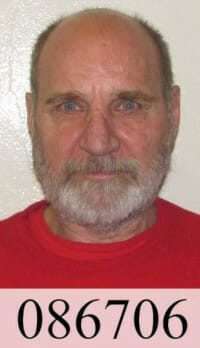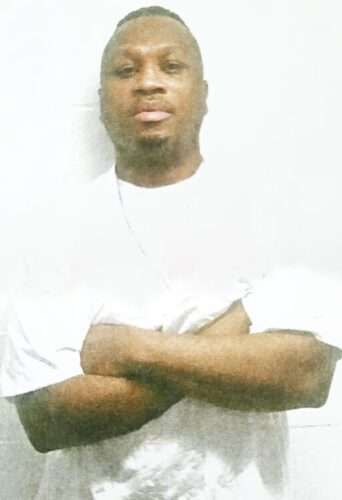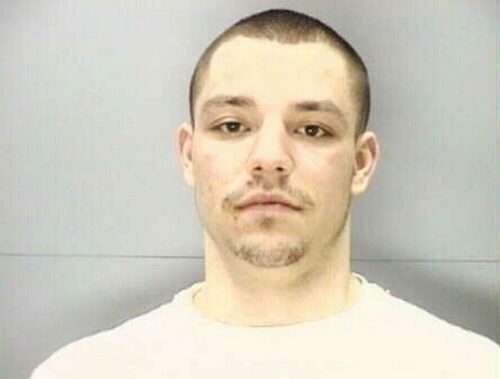Kennath Henderson Tennessee Death Row
Kennath Henderson was sentenced to death by the State of Tennessee for a murder committed during an attempted prison escape. According to court documents Kennath Henderson would shoot and kill Fayette County Deputy Tommy Bishop, 43. Kennath Henderson girlfriend had smuggled the gun into the jail. Kennath Henderson would be convicted and sentenced to death. … Read more







